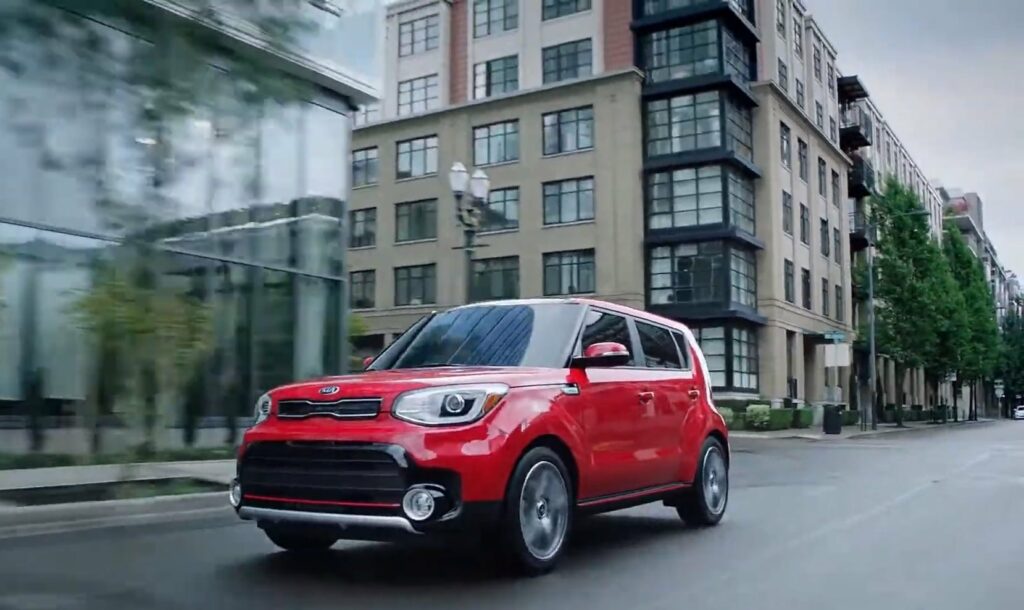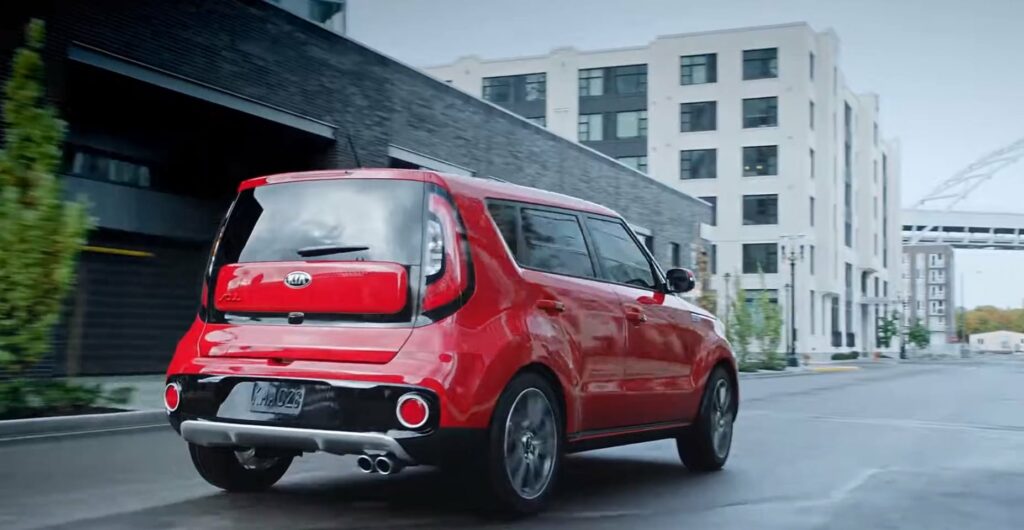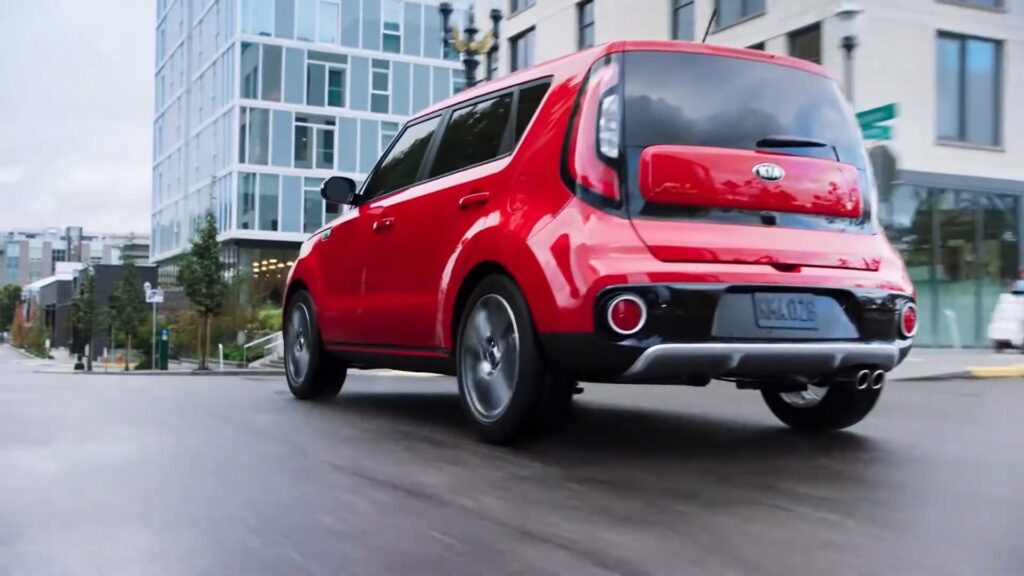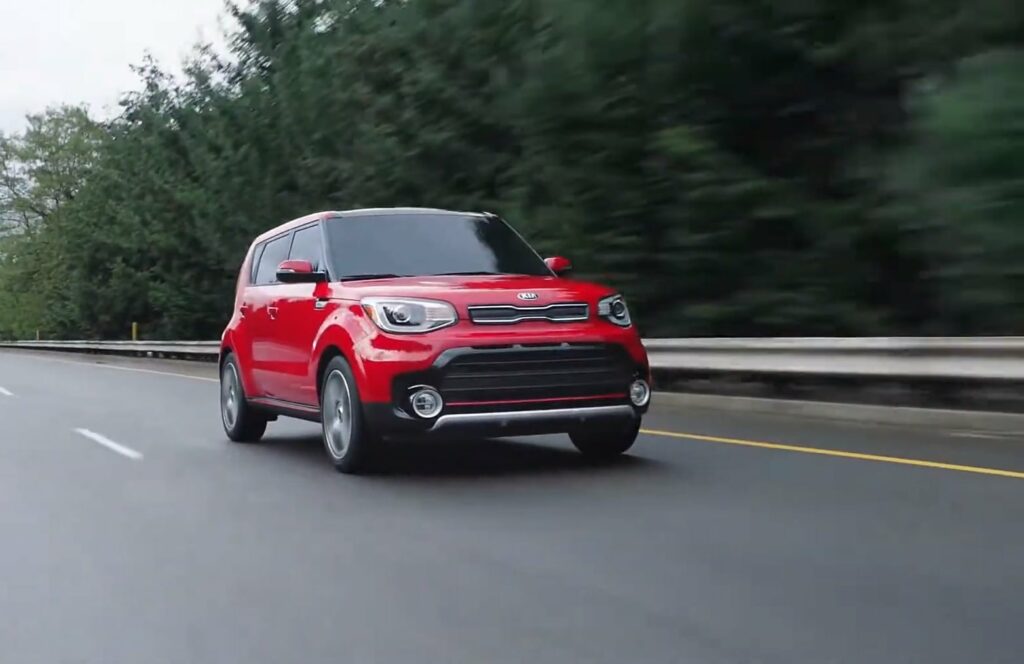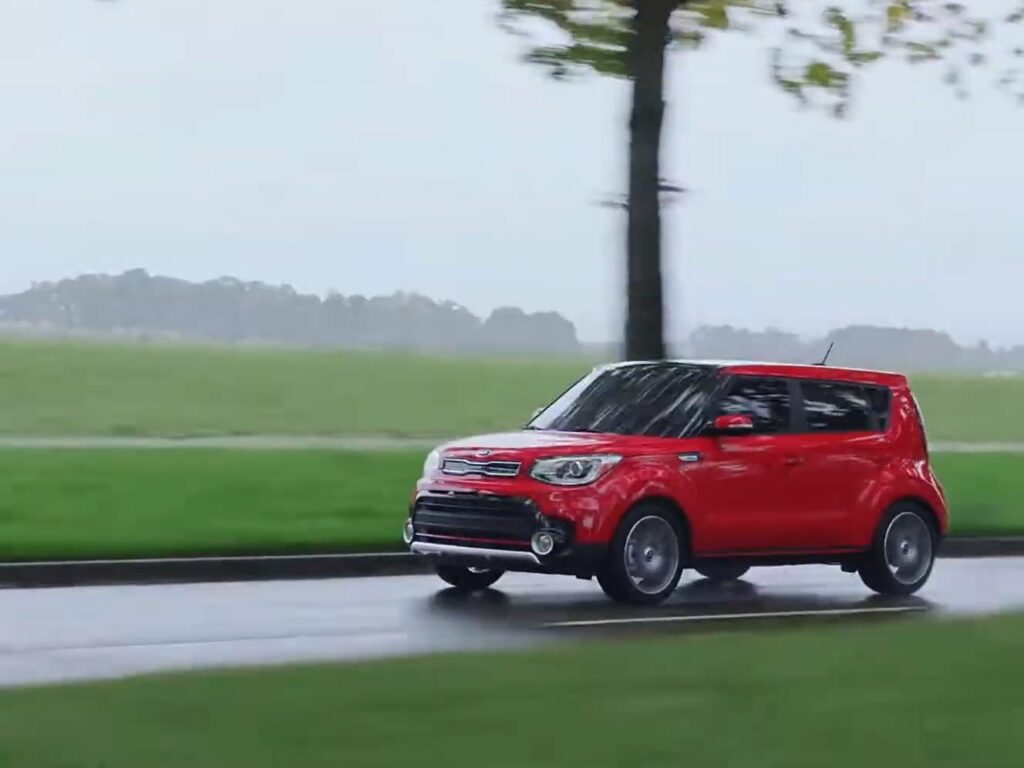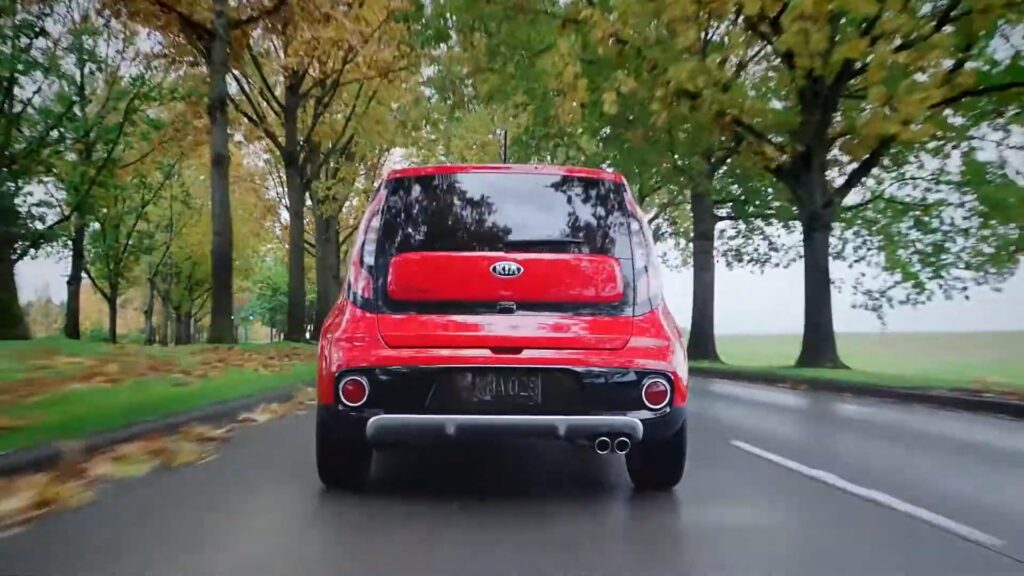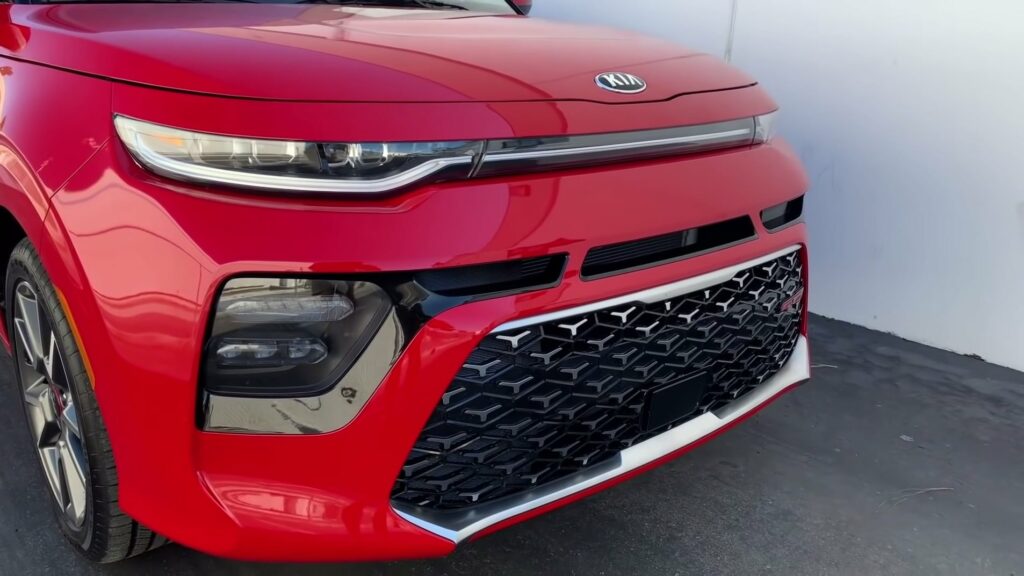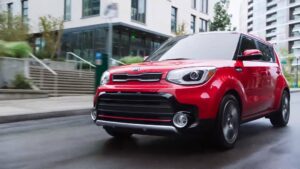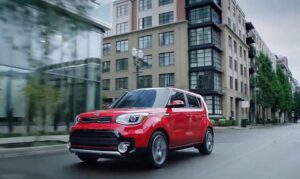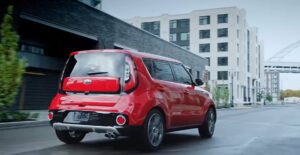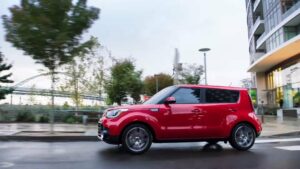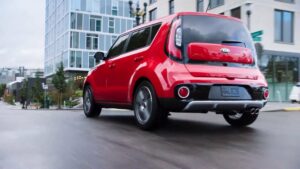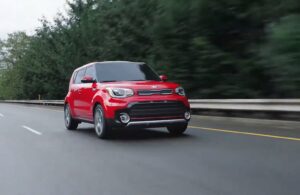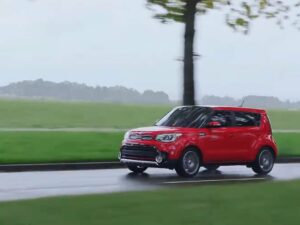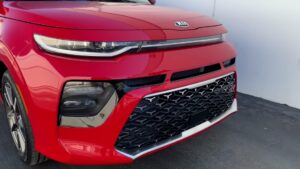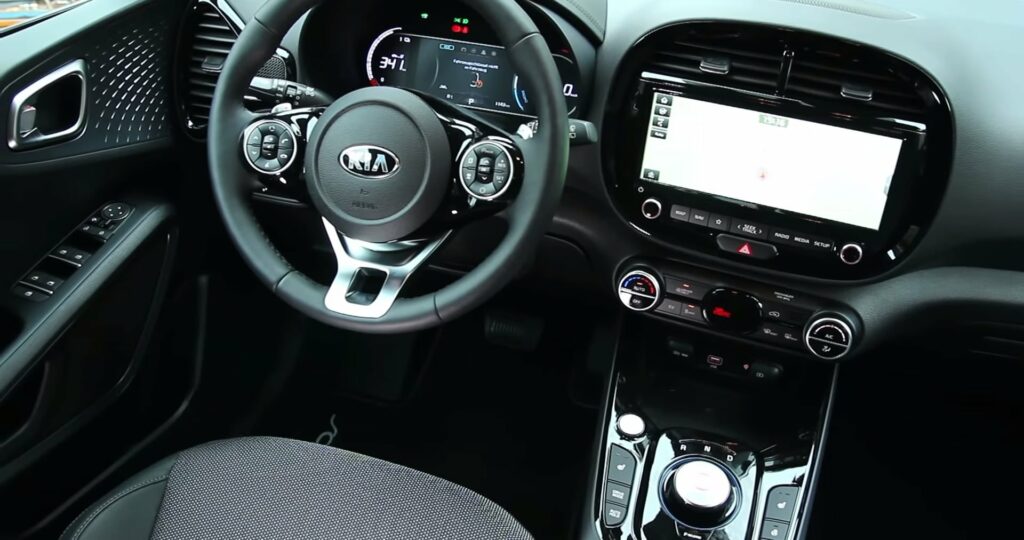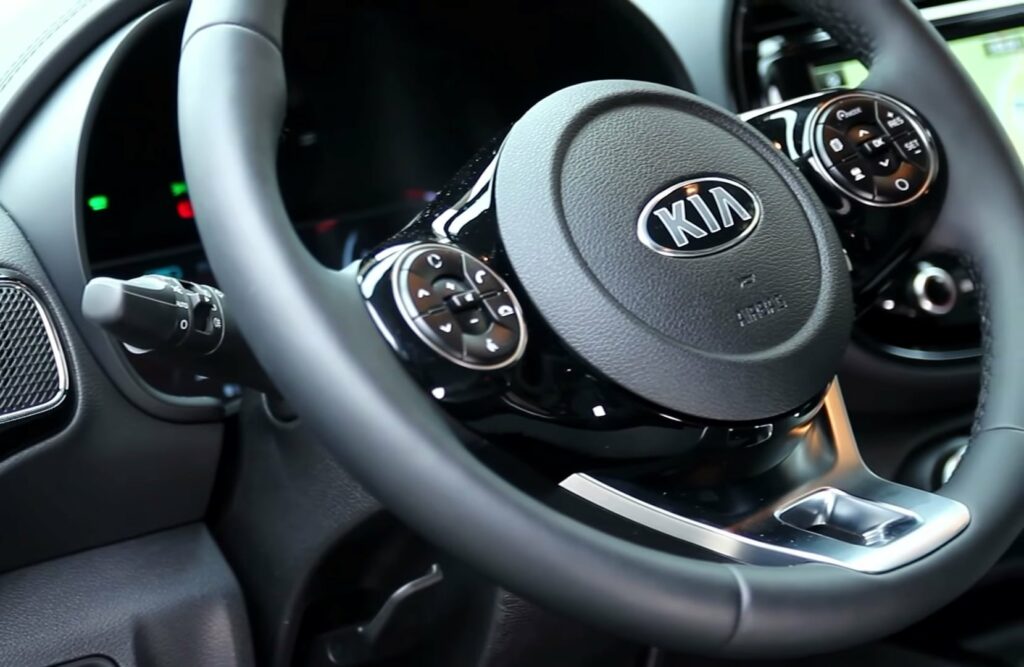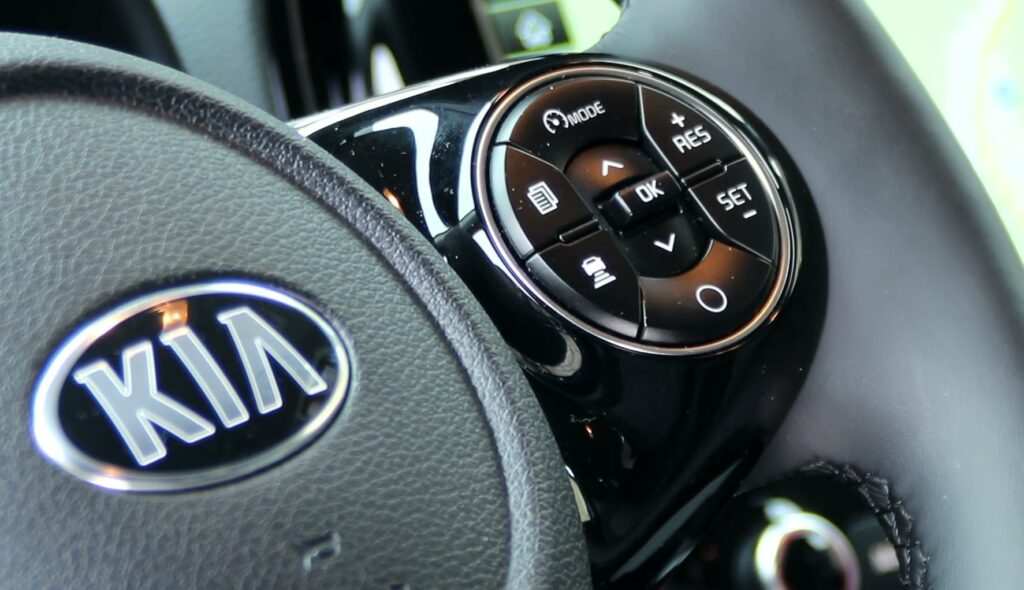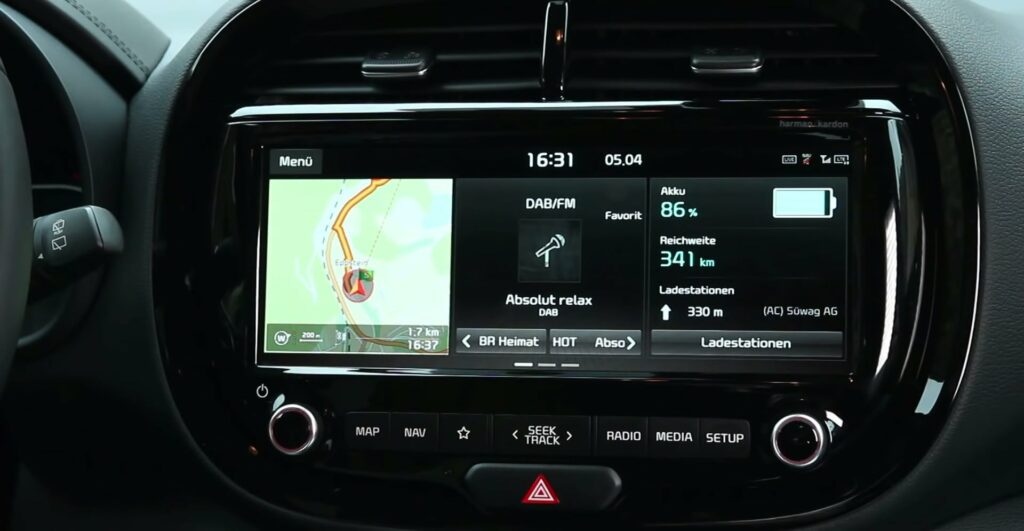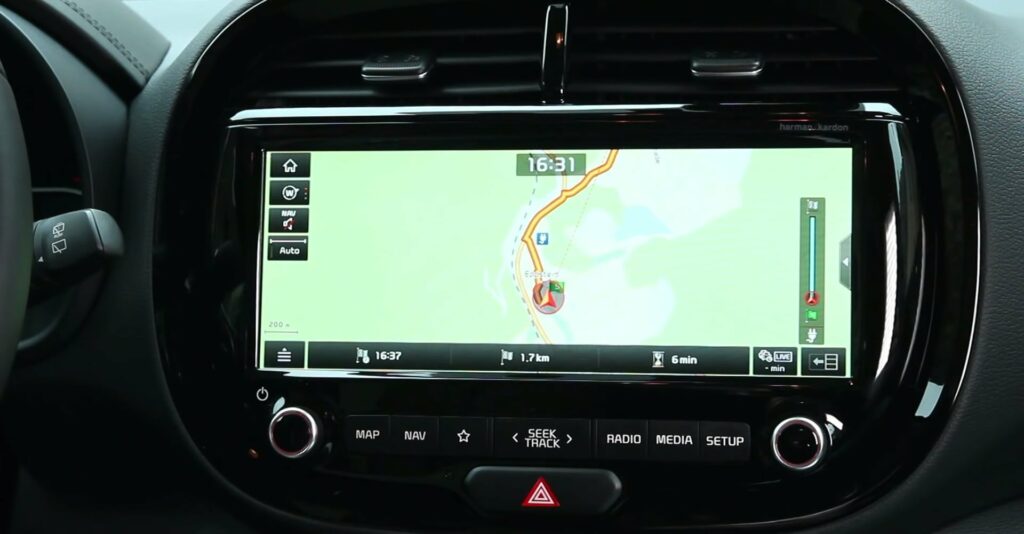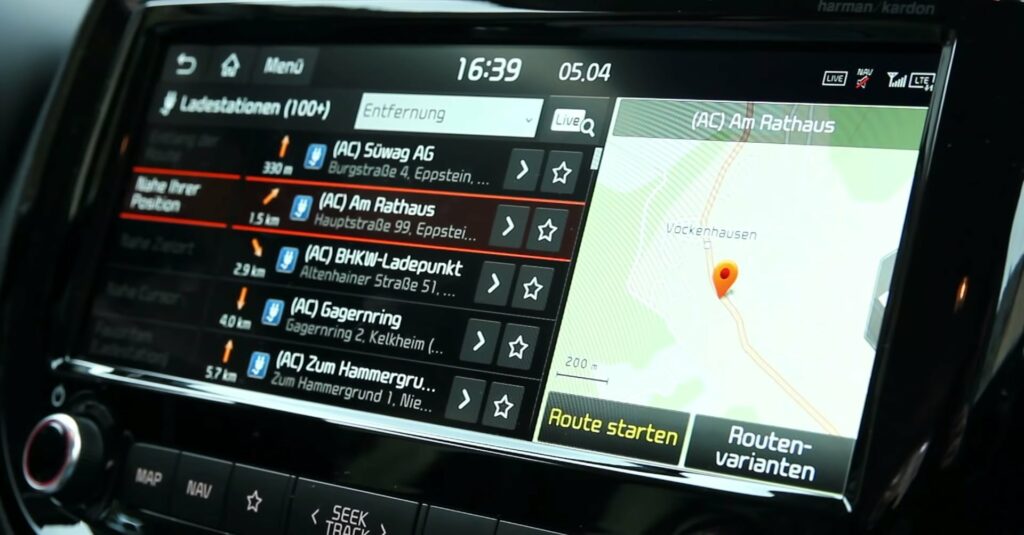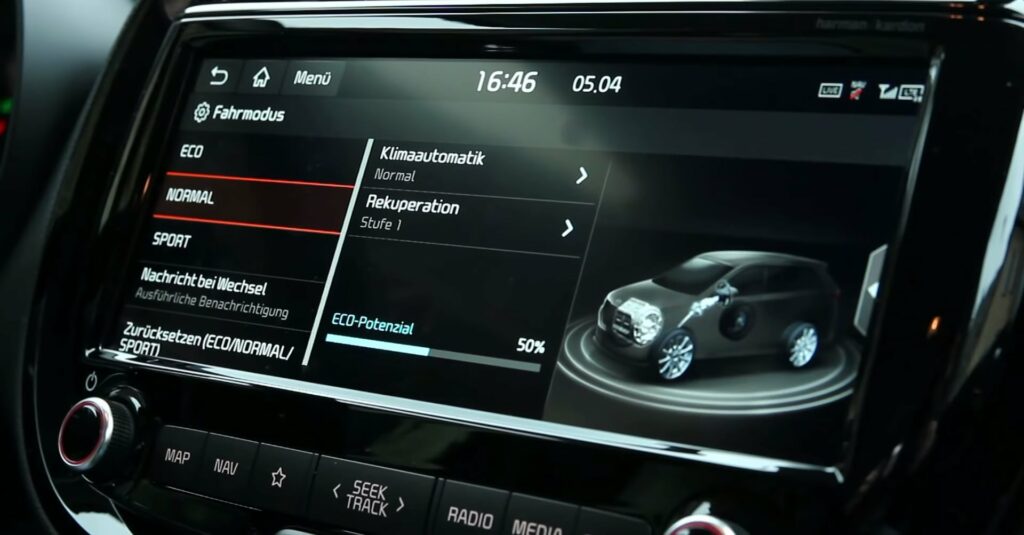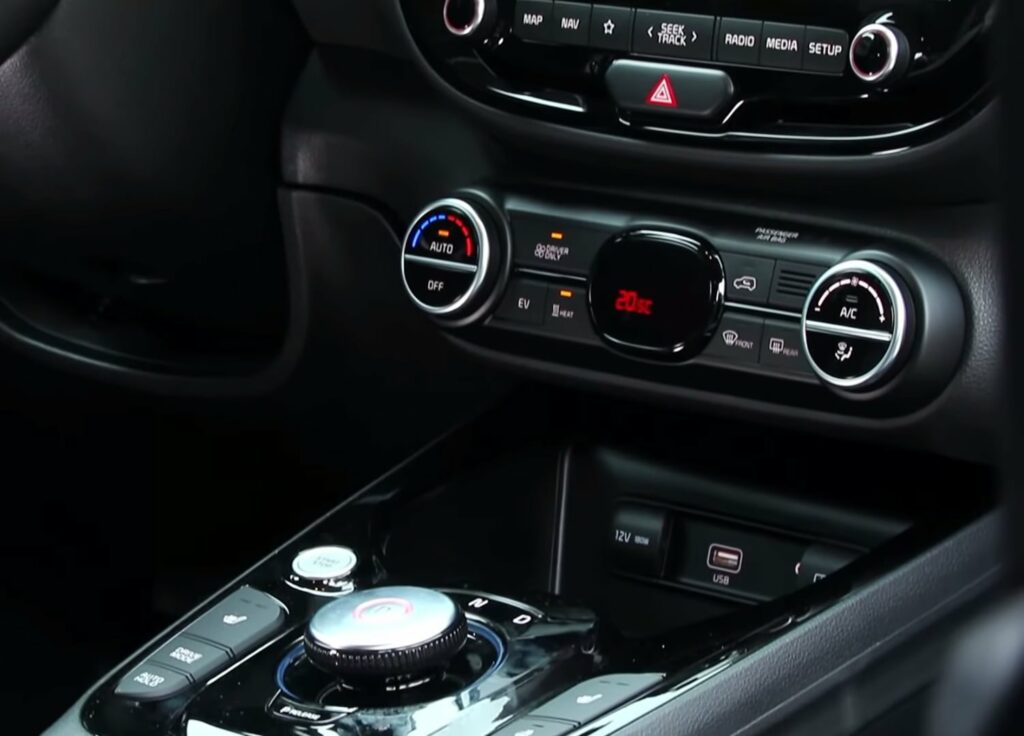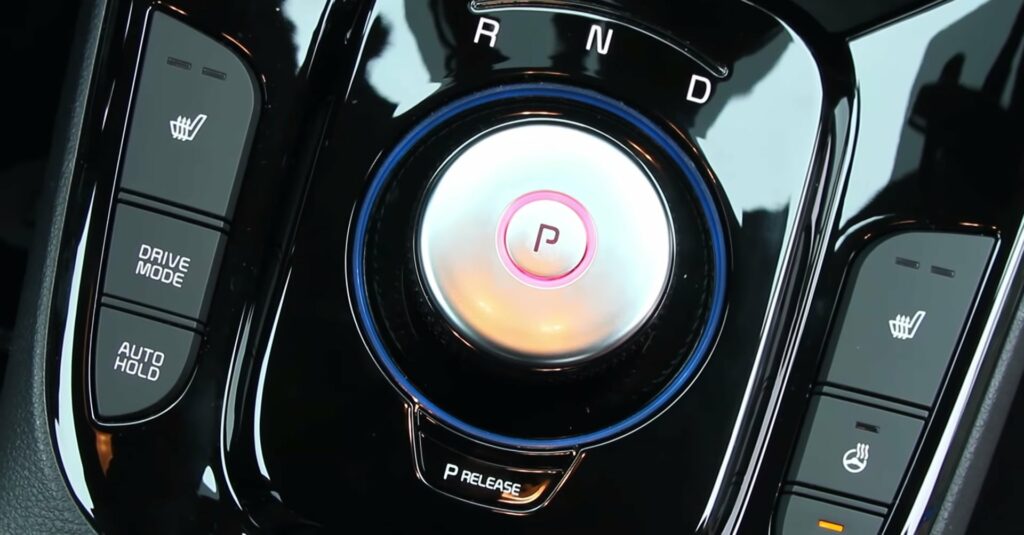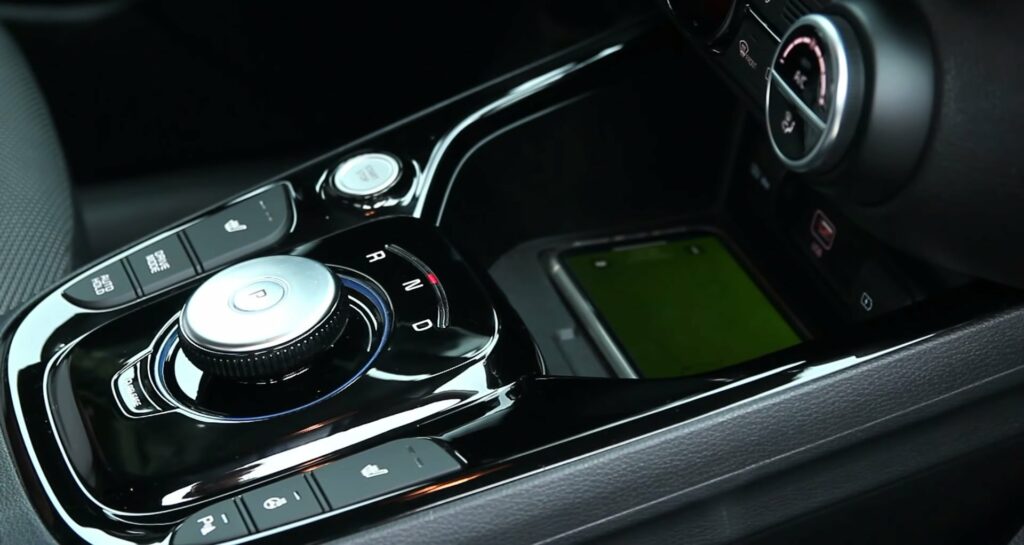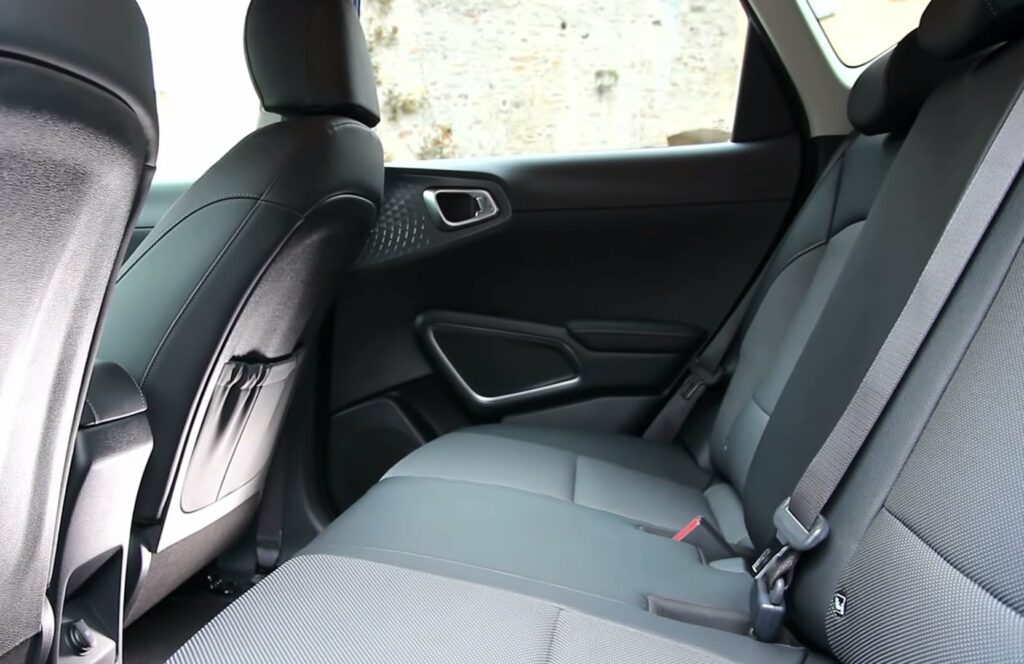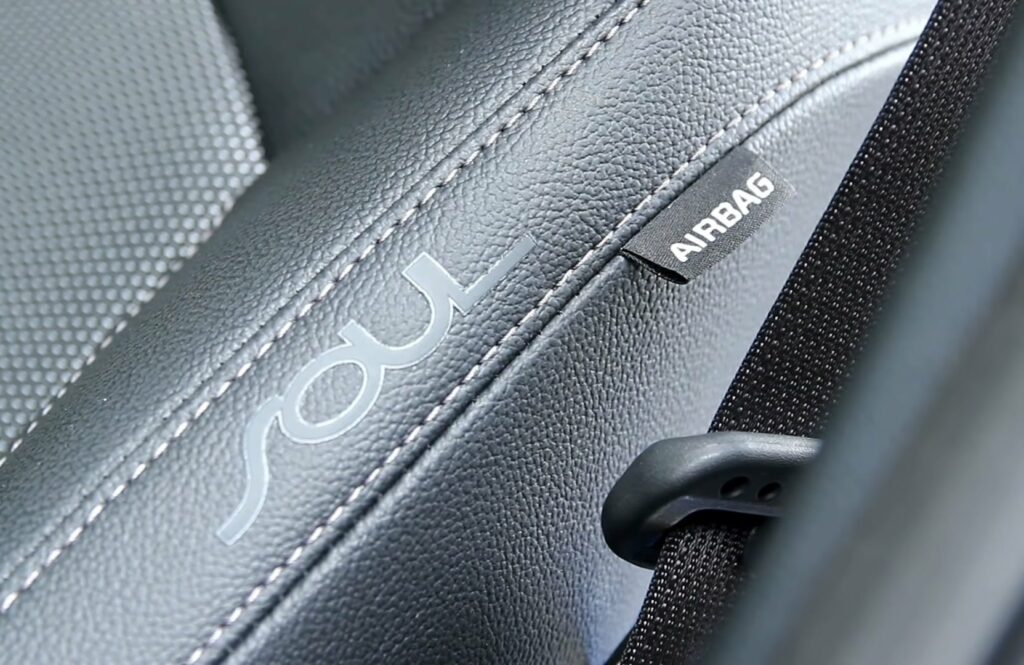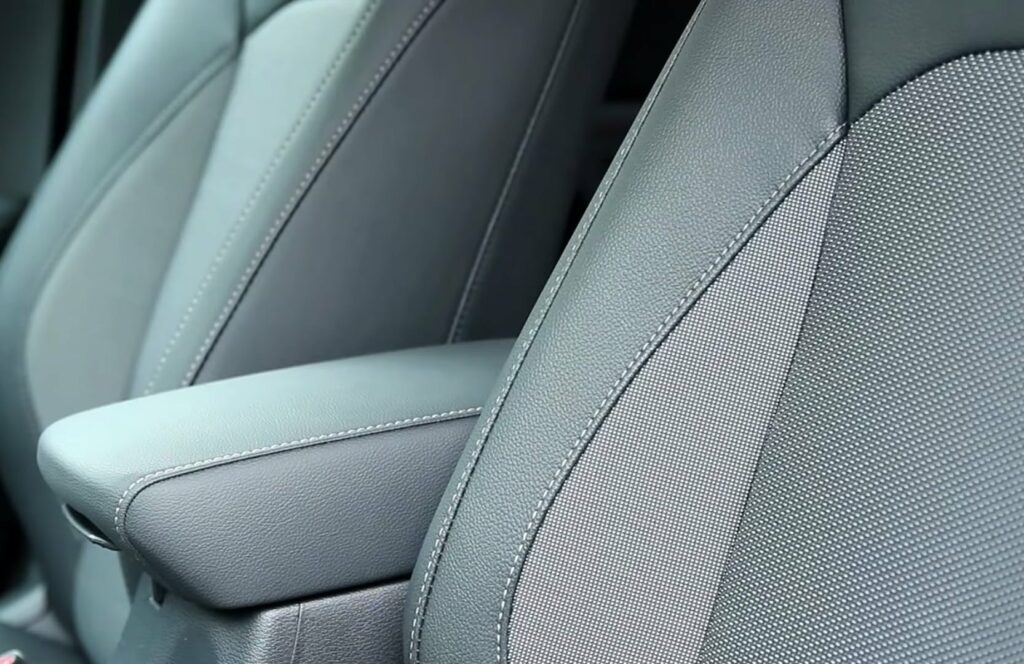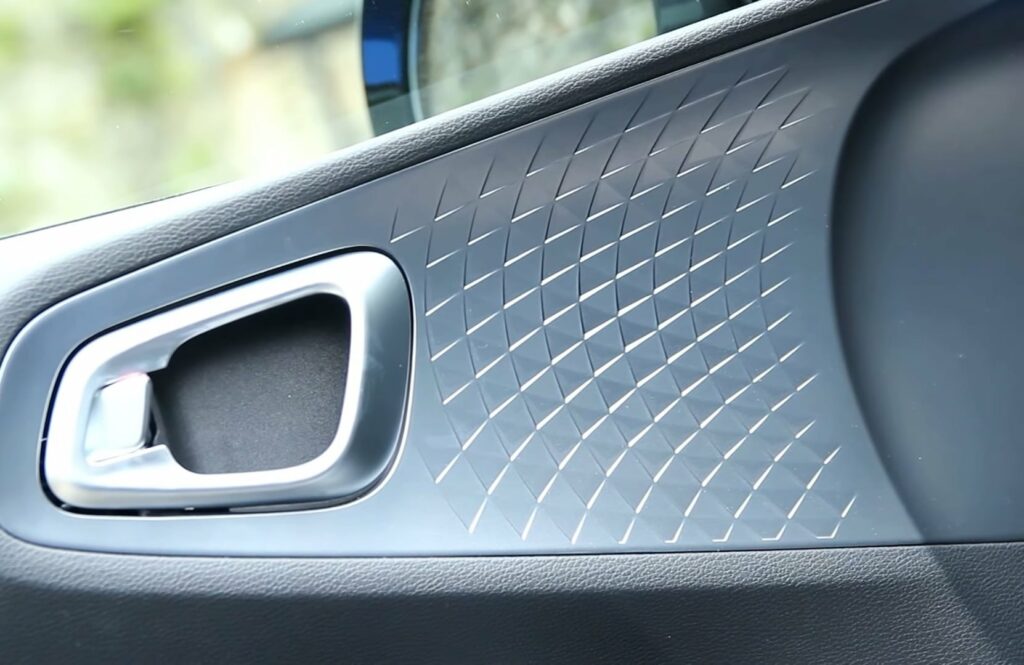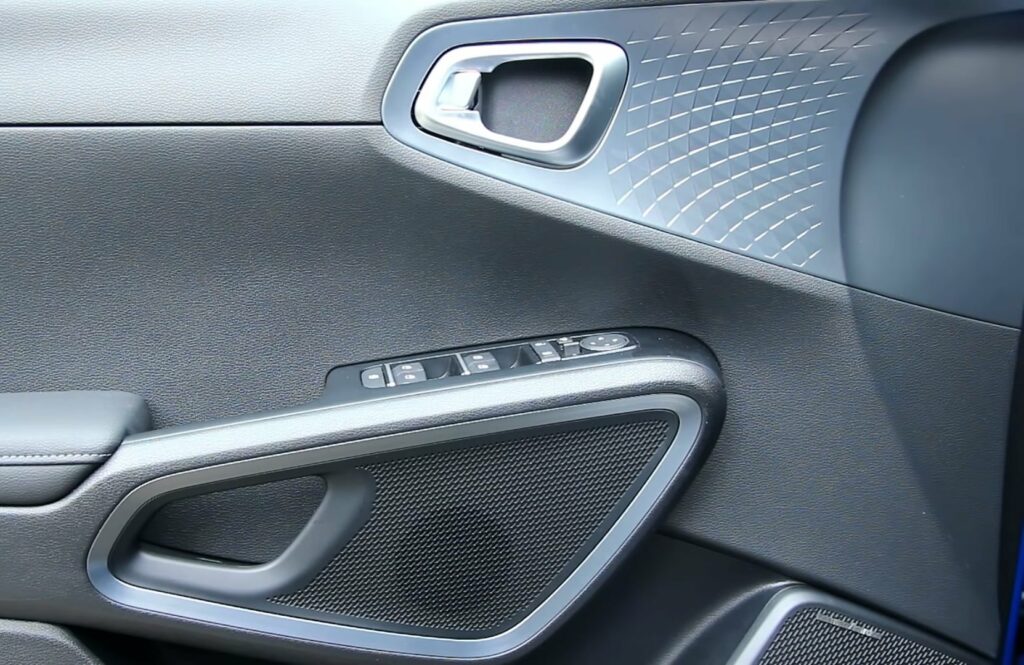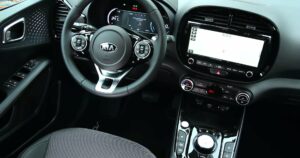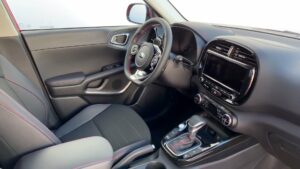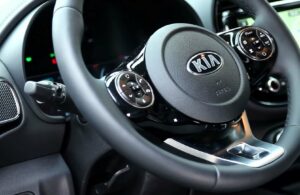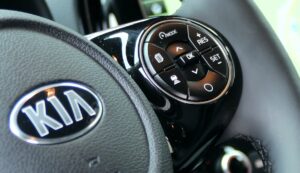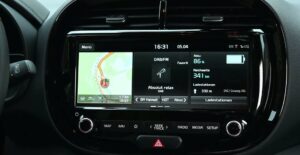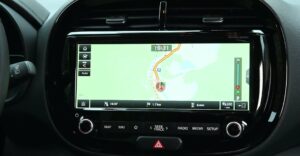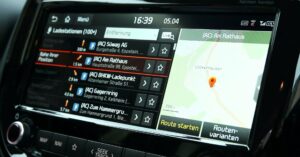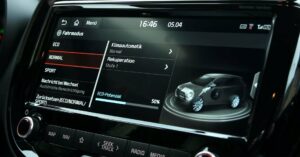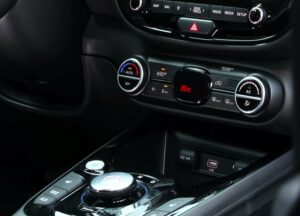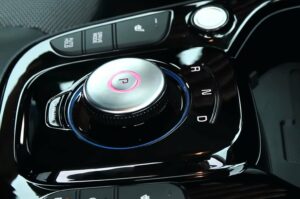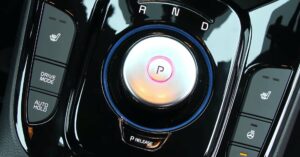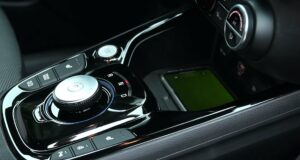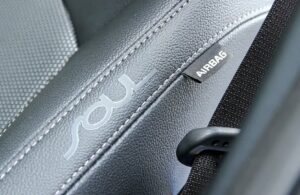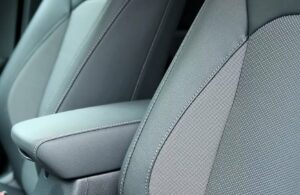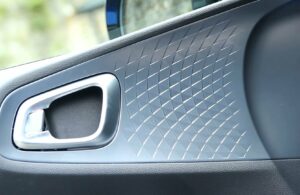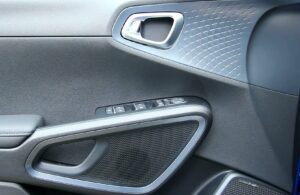Kia e-Soul 64 kWh
The Kia e-Soul 64 kWh is an all-electric compact crossover SUV produced by South Korean automaker Kia. It was first introduced in 2014, and the 2022 model year is the latest version. e-Soul 64 kWh is one of several electric vehicles in Kia’s lineup, and it is known for its unique design and impressive range.
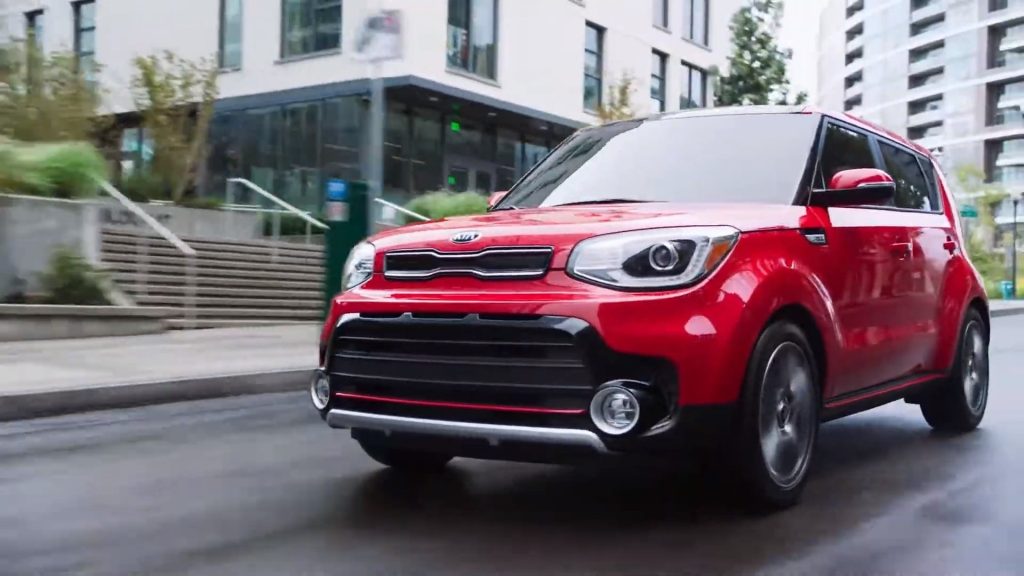
The e-Soul 64 kWh is powered by an electric motor that generates 150 kW, 395 Nm of torque. It is equipped with a 64 kWh lithium-ion battery that offers a range of up to 370 km on a single charge, making it one of the longest-range electric vehicles in its class. e-Soul accelerates from 0 to 100 km/h in 7.9 seconds and has a top speed of 167 km/h (104 mph).
The 64 kWh e-Soul is also equipped with a number of advanced technologies, such as regenerative braking, which recovers energy lost during braking to increase range. It also has fast charging capability, which can charge the battery up to 80% in just 54 minutes using a fast DC charger.
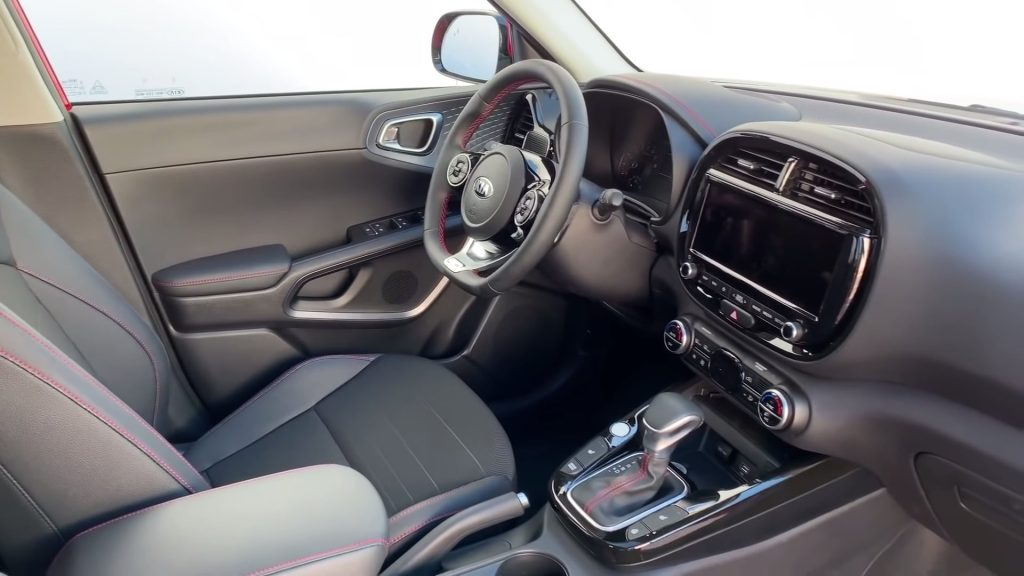
The e-Soul 64 kWh cabin is spacious and comfortable, accommodating up to five passengers. It features a 10.25-inch infotainment system with Apple CarPlay and Android Auto support, as well as a number of advanced safety features such as lane departure warning and automatic emergency braking.
Overall, the Kia e-Soul 64 kWh is a reliable and practical electric vehicle with an impressive range and advanced features. It is a great option for customers looking for a compact crossover SUV with a unique design and eco-friendly features.
| Performance | |
| Acceleration 0 – 100 km/h | 7.9 sec |
| Top Speed | 167 km/h |
| Electric Range | 370 km |
| Total Power | 150 kW (204 PS) |
| Total Torque | 395 Nm |
| Drive | Front |
| Battery and Charging | |
| Battery Capacity * | 67.5 kWh |
| Battery Useable | 64.0 kWh |
| Europe | |
| Charge Port | Type 2 |
| Port Location | Front – Left |
| Charge Power | 7.2 kW AC |
| Charge Time (0->370 km) | 10h30m |
| Charge Speed | 35 km/h |
| Fastcharge Port | CCS |
| FC Port Location | Front – Left |
| Fastcharge Power (max) | 77 kW DC |
| Fastcharge Time (37->296 km) | 44 min |
| Fastcharge Speed | 350 km/h |
| Energy Consumption | |
| EVDB Real Range | |
| Range | 370 km |
| Vehicle Consumption | 173 Wh/km |
| CO2 Emissions | 0 g/km |
| Vehicle Fuel Equivalent | 1.9 l/100km |
| WLTP Ratings | |
| Range | 452 km |
| Rated Consumption | 157 Wh/km |
| Vehicle Consumption | 142 Wh/km |
| CO2 Emissions | 0 g/km |
| Rated Fuel Equivalent | 1.8 l/100km |
| Vehicle Fuel Equivalent | 1.6 l/100km |
|
Rated = official figures as published by manufacturer. Rated consumption and fuel equivalency figures include charging losses.
|
|
|
Vehicle = calculated battery energy consumption used by the vehicle for propulsion and on-board systems.
|
|
| Real Energy Consumption between 116 – 246 Wh/km | |
| City – Cold Weather | 175 Wh/km |
| Highway – Cold Weather | 246 Wh/km |
| Combined – Cold Weather | 206 Wh/km |
| City – Mild Weather | 116 Wh/km |
| Highway – Mild Weather | 191 Wh/km |
| Combined – Mild Weather | 152 Wh/km |
|
Energy use for each trip will vary considerably depending on the driver and the conditions. Therefore, we have provided a range of estimates which can be useful in developing an understanding of the potential benefits of this technology. |
|
| Dimensions and Weight | |
| Length | 4195 mm |
| Width | 1800 mm |
| Width with mirrors | No Data |
| Height | 1605 mm |
| Wheelbase | 2600 mm |
| Weight Unladen (EU) | 1757 kg |
| Gross Vehicle Weight (GVWR) | 2180 kg |
| Max. Payload | 498 kg |
| Cargo Volume | 315 L |
| Cargo Volume Max | 1339 L |
| Cargo Volume Frunk | No Data |
| Roof Load | 100 kg |
| Tow Hitch Possible | Yes |
| Towing Weight Unbraked | 300 kg |
| Towing Weight Braked | 300 kg |
| Vertical Load Max | 100 kg |
| Miscellaneous | |
| Seats | 5 people |
| Isofix | Yes, 2 seats |
| Turning Circle | 10.6 m |
| Platform | No Data |
| Car Body | SUV |
| Segment | JB – Small |
| Roof Rails | Yes |
| EV Dedicated Platform | No Data |
Home and Destination Charging (0 -> 100%)
A public charging station is required to use the highest possible charging rate. The EVSE/charging station’s charging capacity affects how long it takes to fully charge the battery. The table below shows all possible options for fully charging the Kia e-Soul 64 kWh.
In Europe, plugging an electric car into an outlet is often as easy as plugging it into a household outlet, but there are differences from country to country. The table below shows the different ways to charge the Kia e-Soul 64 kWh, but in some countries some chargers may not be available.
Type 2 ( IEC 62196)
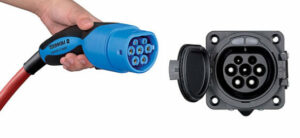
| Charging Point | Max. Power | Power | Time | Rate |
| Standard 7.2 kW On-Board Charger | ||||
| Wall Plug (2.3 kW) | 230V / 1x10A | 2.3 kW | 32h45m | 11 km/h |
| 1-phase 16A (3.7 kW) | 230V / 1x16A | 3.7 kW | 20h30m | 18 km/h |
| 1-phase 32A (7.4 kW) | 230V / 1x31A | 7.2 kW | 10h30m | 35 km/h |
| 3-phase 16A (11 kW) | 230V / 1x16A | 3.7 kW | 20h30m | 18 km/h |
| 3-phase 32A (22 kW) | 230V / 1x31A | 7.2 kW | 10h30m | 35 km/h |
| Optional 11.0kW On-Board Charger | ||||
| Wall Plug (2.3 kW) | 230V / 1x10A | 2.3 kW | 32h45m | 11 km/h |
| 1-phase 16A (3.7 kW) | 230V / 1x16A | 3.7 kW | 20h30m | 18 km/h |
| 1-phase 32A (7.4 kW) | 230V / 1x32A | 7.4 kW | 10h15m | 36 km/h |
| 3-phase 16A (11 kW) | 400V / 3x16A | 11 kW | 7 hours | 53 km/h |
| 3-phase 32A (22 kW) | 400V / 3x16A | 11 kW | 7 hours | 53 km/h |
Fast Charging (10 -> 80%)
If you want to enjoy driving an electric car, one of the most important features to consider is the number of miles per hour the car can travel while charged. This is called the “range” of the car. All electric cars have a certain range, even if they are 100% charged. This is because they do not have an internal combustion engine to lean on if you need to drive a long distance.
Max. Power: The maximum power provided by the charging point
Avg. Power: The average power provided by the charging point during a session of 10% to 80%.
Time: the time it takes to charge from 10% to 80%
Speed: the average charging rate during the session of 10% to 80%
Combined Charging System (CCS Combo 2)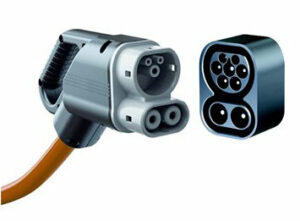
| Charging Point | Max. Power | Avg. Power | Time | Rate |
| CCS (50 kW DC) | 50 kW | 40 kW | 71 min | 210 km/h |
| CCS (100 kW DC) | 77 kW | 64 kW | 44 min | 350 km/h |
| CCS (150 kW DC) | 77 kW | 64 kW | 44 min | 350 km/h |
| Brand | Kia |
| Model | e-Soul 64 kWh |
| Car Engine | electric |
| Motor power | 150 |
| Maximum Torque, Nm | 395 |
| Battery Energy, kWh | 67.5 |
| Power reserve (NEDC/EPA/WLTP), km | - / - / 370 |
| Level Charging (230/400/DC), hours | - / 7.0 / 0.44 |
| Electrical Acceleration, 0-100 km/h (0-62.1 mph) in sec | 7.9 |
| Top Speed, km/h | 167 |

